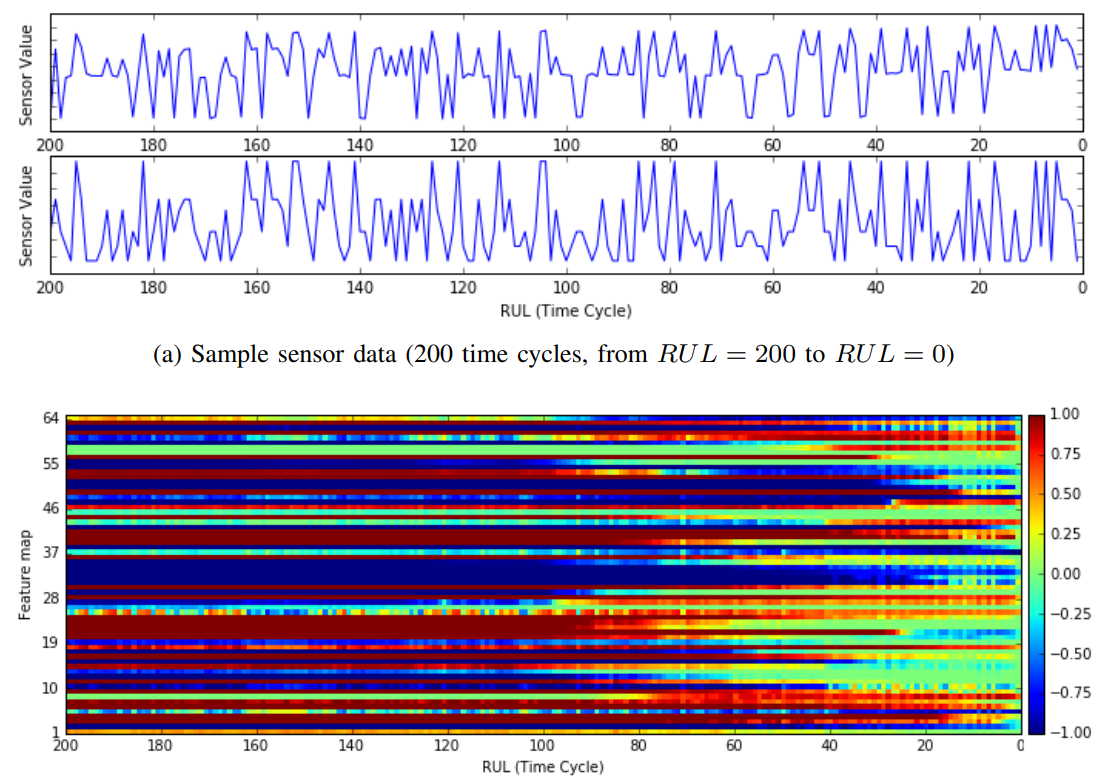Author:Zheng, S., Ristovski, K., Farahat, A., & Gupta, C.
Abstract
Remaining Useful Life (RUL) of a component or a system is defined as the length from the current time to the end of the useful life. Accurate RUL estimation plays a critical role in Prognostics and Health Management (PHM). Data driven approaches for RUL estimation use sensor data and operational data to estimate RUL. Traditional regression-based approaches and recent Convolutional Neural Network (CNN) approach use features created from sliding windows to build models. However, sequence information is not fully considered in these approaches. Sequence learning models such as Hidden Markov Models (HMMs) and Recurrent Neural Networks (RNNs) have flaws when modeling sequence information. HMMs are limited to discrete hidden states and are known to have issues when modeling long-term dependencies in the data. RNNs also have issues with long-term dependencies. In this work, we propose a Long Short-Term Memory (LSTM) approach for RUL estimation, which can make full use of the sensor sequence information and expose hidden patterns within sensor data with multiple operating conditions, fault and degradation models. Extensive experiments using three widely adopted Prognostics and Health Management data sets show that LSTM for RUL estimation significantly outperforms traditional approaches for RUL estimation as well as Convolutional Neural Network (CNN).
Keywords:Hidden Markov models, Estimation, Data models, Logic gates, Recurrent neural networks, Prognostics and health management


